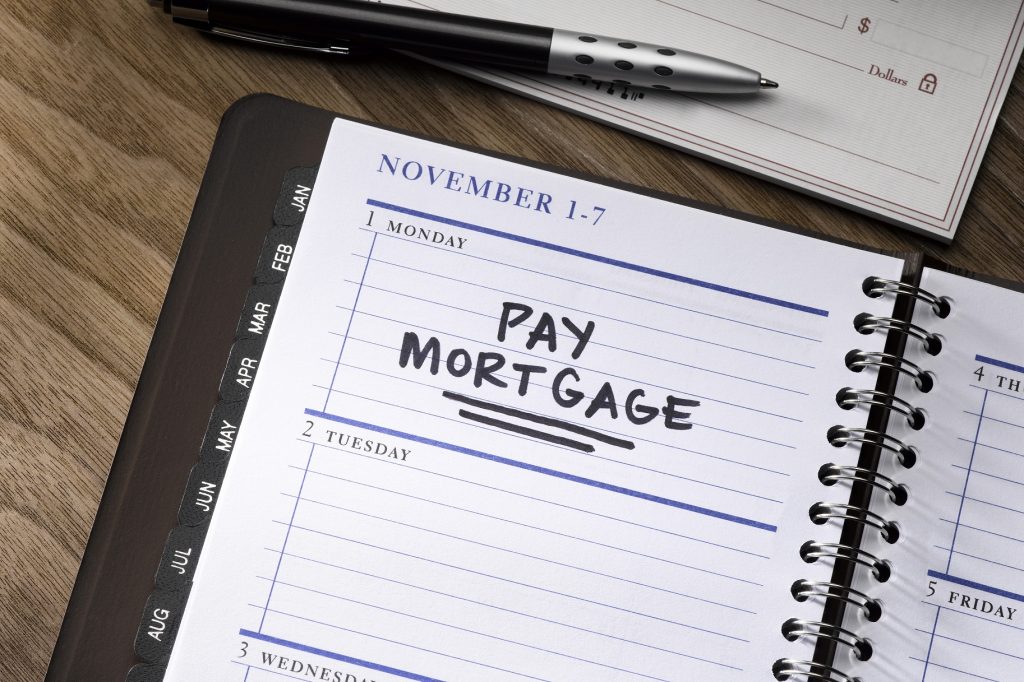The New Australian Dream Is Paying Off The Mortgage
Paying off the mortgage is the new Australian dream, according to new research from MLC, with almost 80% of Australians placing outright home ownership as their most important priority.
While we dream of owning our home outright, it’s our mortgage that’s become our biggest burden. MLC’s research shows that if gifted with $50,000, all Australians across social grades would put more than half on their mortgage, with the majority agreeing that their mortgage has a “big impact on my lifestyle”.
So how much do homes cost, on average, and how big are our mortgages?
Alarmingly, the average annual full time salary, at approximately $80,0001 is less than one eighth of the average cost of an Australian home today at $612,200.2
In contrast to rising house prices, wages growth has remained relatively flat, so Australians are borrowing more. Figures from Australian Financial Group show that the average size of new mortgages nationally in December 2014 was $444,000. In NSW the average mortgage size was the highest at $544,000, followed by Victoria at $439,000, WA at $428,000, NT at $375,000, Qld at $374,000 and SA at $349,000.3
Most financial professionals recommend a mortgage repayment of no more than 28% of your monthly income or two/two and a half times your gross annual salary. With average new mortgages more than four times the average national wage, it’s very possible that our dream to own our home may stay that way.
Shifting Expectations
Living on a ‘quarter acre block’ (1000sqm) in a freestanding house with a vegetable garden or fruit trees down the back was the old Australian dream. For many it was a symbol of post World War 2 new beginnings. Australia was the lucky country because there was land aplenty, and there was freedom – and both symbolized opportunity.
Suburbs across Australia are still lined with homes on quarter acre blocks built in the 1960s (now being demolished for apartment blocks and modern mansions). In the 1980s, the dream adjusted to an eighth acre block (500sqm), as land opportunities were already diminishing, but still enough for a good house and yard.
The ‘house and land’ became the expectation of how we, as Australians, should grow up, of how we should live.
Today, we expect to have the same as our parents did and believe that our children have a right to enjoy the same.
Laura Demasi from IPSOS, agrees. “People can’t let go of the idea that they should have a freestanding home. It’s still just within our grasp so we’re still stretching to get it. People are more likely to relocate to a different city or regional area to get the freestanding house than they are to consider moving into a unit. We’re a generation that grew up with that lifestyle and we’re not ready to give that up.”
Supply and demand factors are already challenging our expectations of how we can live. Our population is rising – from 10 million in 1960 to 24 million as of January 2016 and a predicted 28 million by 2030 – resulting in limited land availability in major cities and corresponding rising prices of existing dwellings.
Some of us were lucky enough to scrape in and enter the housing market before the recent boom, those that missed it may never live in a free standing home that they own outright. And as for our children, again as a whole, they won’t either.
If we want to pay off or reduce our mortgage and live in a major city in Australia, the only other lever to adjust is how we live. In short, our dreams must shift and are beginning to already.
The Rise Of Apartment Dwelling
For many, purchasing an apartment is becoming the only prospect for home ownership in an Australian city, with rising numbers of apartment buildings and values reflecting this shift in demand.
Recent research shows new flats and units building activity in Australia is experiencing one of its biggest booms in modern times.
A mother of two living with her husband and children aged 8 and 6, in a two bedroom apartment in Dee Why, Sydney comments: “We need to take the kids outside regularly of course, but the benefit is a smaller mortgage and we’re a ten minute walk to school and the beach. We’re involved in each other’s lives because you can’t always escape to your own space. It takes no time to clean and we have everything we need in a location we love.”
What can you do?
Talk to your financial planner about how you can pay off your mortgage sooner using current income, with smart mortgage repayment strategies. Every year without a mortgage can make a big difference to your retirement savings. You can also set in place a regular household budget and stick to it with personalised coaching.
Sources:
1 Source: ABS May 2015
2 Source: ABS Sept 2015
3 Source: Australian Finance Group, Dec 2014
Request a Call Back
Take the first step towards your dream lifestyle and financial freedom with True Journey Financial

